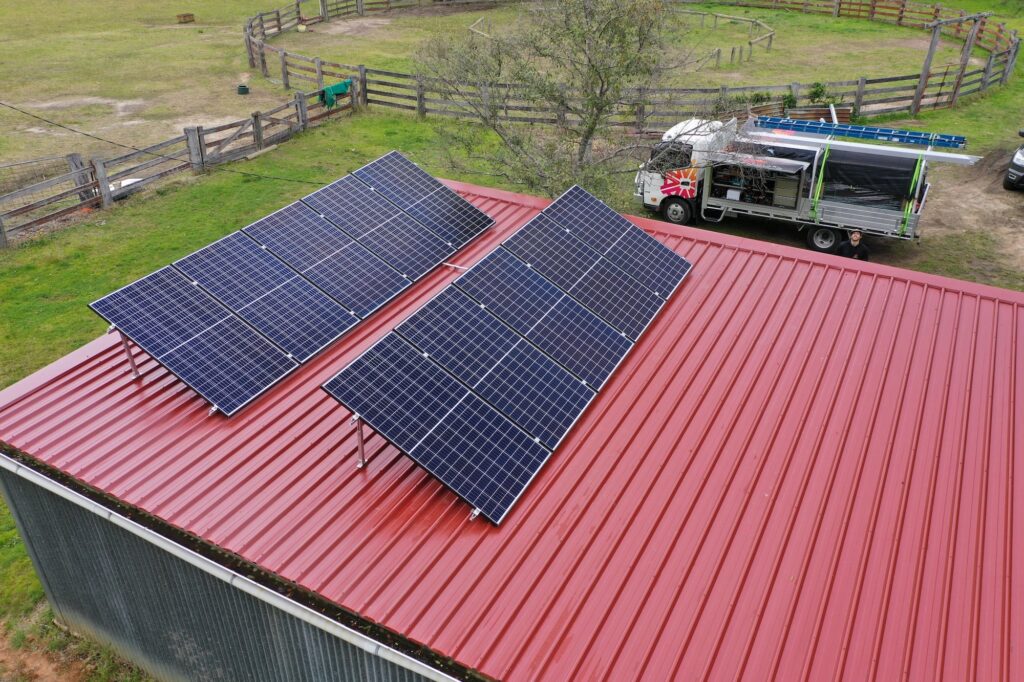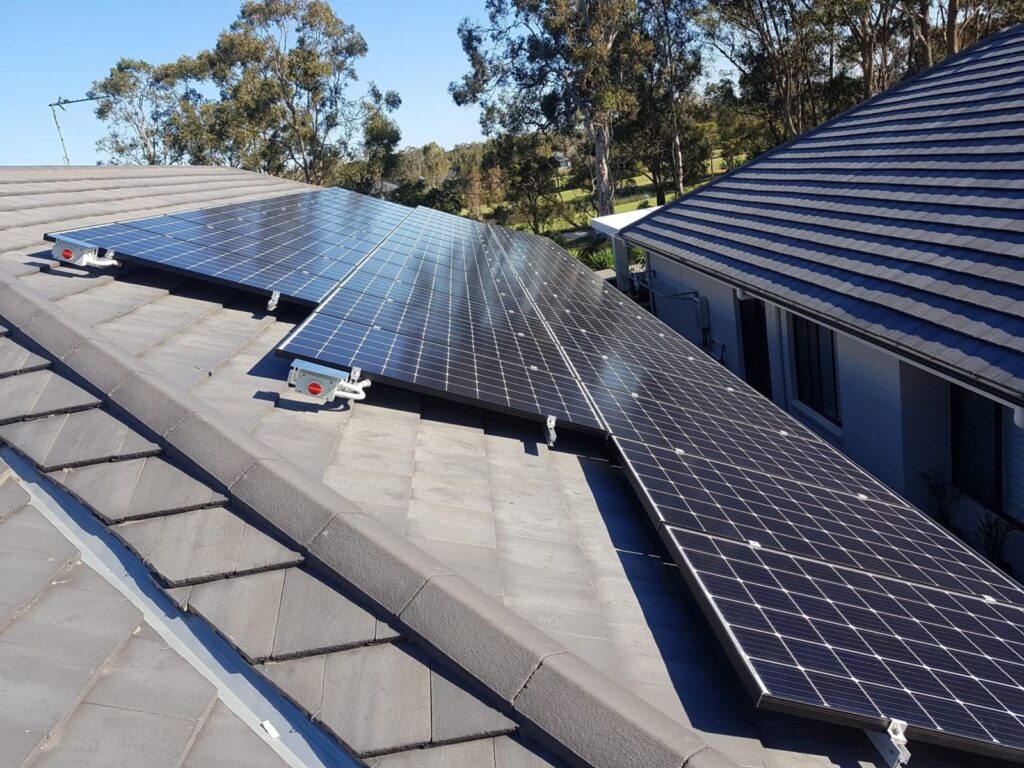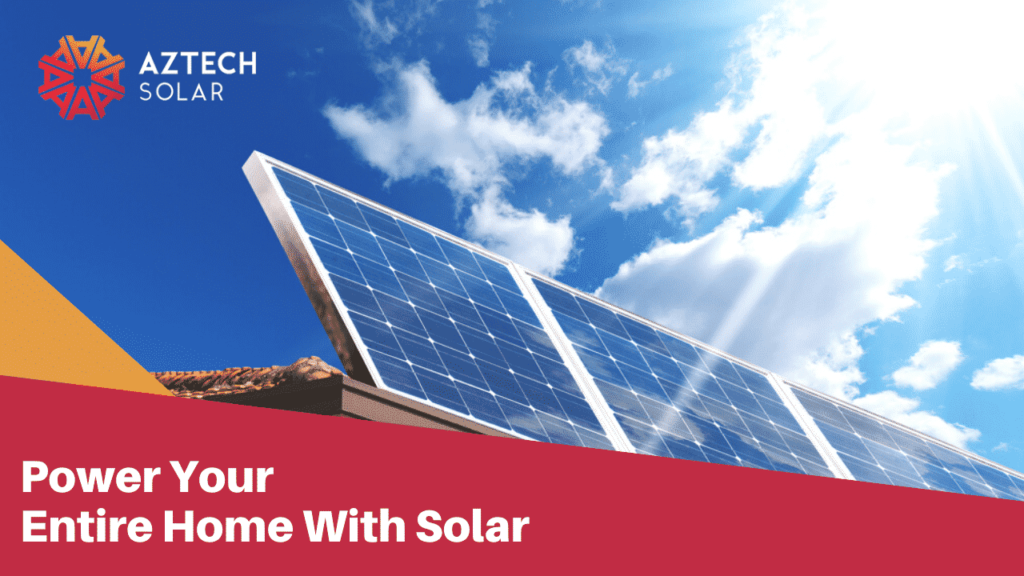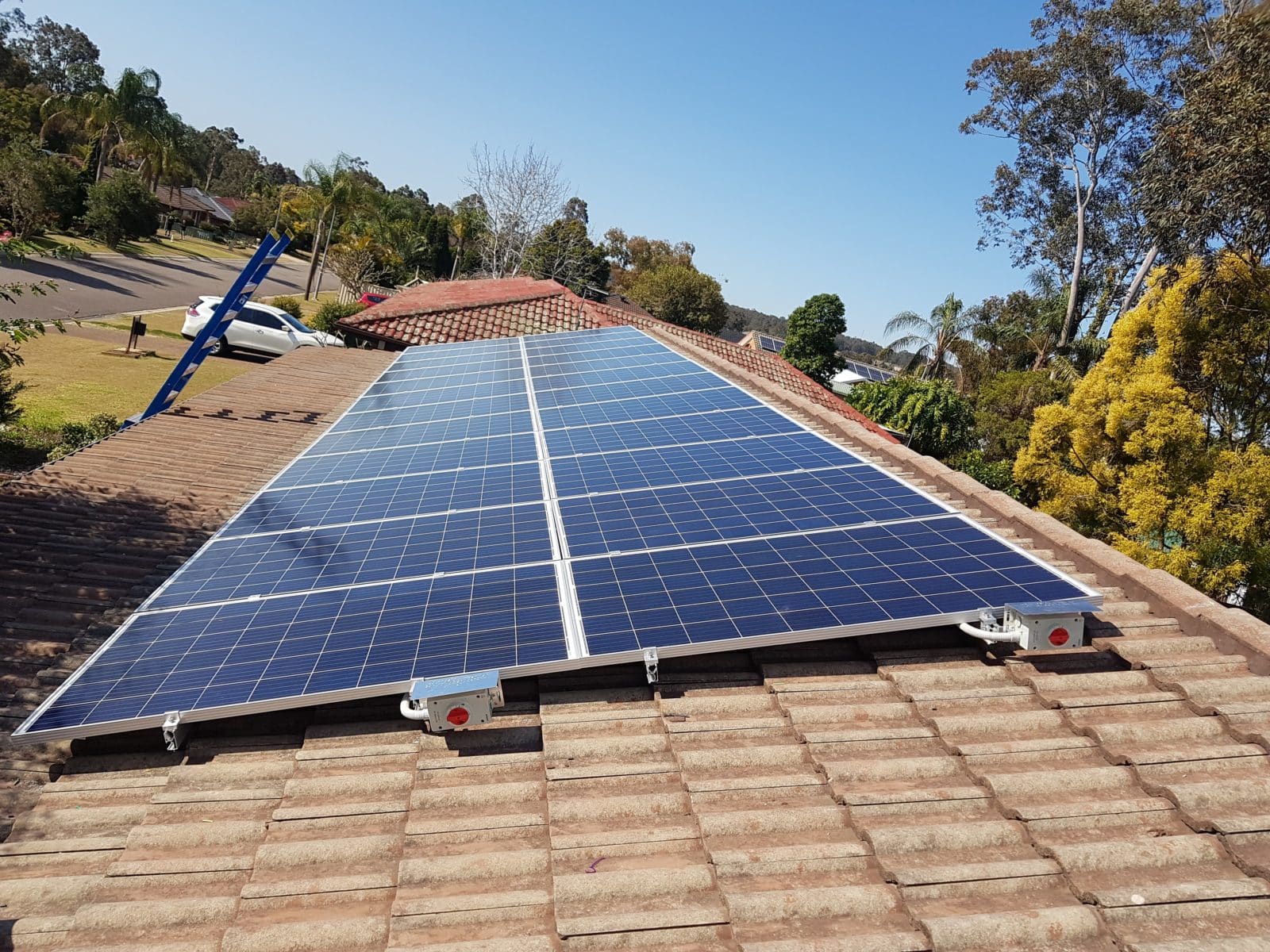This is a very frequent question for users who want to install solar panels at home in order to produce their own energy.
This technology is part of the production of clean energy, and in Australia it has been growing gradually, bringing with it many benefits.
To install solar panels of this type, whether in a home, building, by a user, company or generating plant, it seems to be much simpler than many think.
But before starting to explain the steps to perform this procedure, you should consider the following:
Do I need a permit to install solar panels at home?
You must ask yourself if according to the regulations you need a municipal permit for the installation of solar panels, in the case of panels that can be removed, no municipal authorization is necessary.
However, the panels that are fixed on the roofs of the houses (without modifying their shape obviously) in most cases will only need a prior communication to the technical office of the Municipality. So home installations (small domestic) permits are not considered a problem.
It is also the case of plants built in a condominium, but with individual service (non-centralized systems), you only need the authorization of the same building and not a municipal authorization.
Is renting solar panels an option?

What prior knowledge should I have?
Solar panels are not that complicated to install, but it does require you to have knowledge and consider some conditions.
- First, you should know that to carry out these installations it is essential to be the owner of the area or, failing that, to obtain the authorization or permission of the owner of the home where the panels are to be mounted.
- It is necessary that the house has a sloping roof and has no shading. This means that the panels must have the correct direction and inclination. Avoid elements that may hinder the reception of solar rays by the panels, such as trees, since they should not receive shadows between 9 a.m. and 5 p.m.
- Evaluate the area in relation to the topography of the land and especially the climate. It should be noted that the greater the solar incidence, then, the solar panels will produce more energy. As well as the presence of particular environmental or landscape restrictions, if so, request information from your municipality of residence, take into account if you live in sunny or rainy areas, all these factors will be fundamental to determine if it is convenient to install solar panels in your House.
- Be aware of the amount of energy you consume in your home, because the purpose of installing solar panels is that you manage to get the extra energy you need. Also, know the amount of average solar radiation that exists in your area and the capacity of the panels.
- The maintenance of the panels is not very complicated, at the beginning you must check that they all work correctly; Perhaps, sometimes some panels may break due to hail, for example, or become dirty from bird droppings, or dust. Remember that a dirty solar panel loses its performance by approximately 40%.
- The solar energy system can be interconnected to the grid; The panels are directly connected to an inverter, which synchronizes with the internal or public grid, thus allowing energy to be delivered to the grid during the day while it is not being used. This type of system allows savings for the home and a discharge from the National electrical system.
- The systems independent from the network, allow the supply to any electrical equipment, it is independent from the network so it is exempt from electrical power failures.
All generators bring their instructions for the installation, it is enough to have elementary knowledge of electricity to be able to carry it out.
- The number of panels to use will depend on the electricity consumption. That is, you will need at least six plates to satisfy 1.6 kW of power; between eight and 12 for two or three kilowatts, and about 20 panels for 5.5 kW.
- Installation prices for roofs or roofs of own homes range from 7,000 euros for a quantity of six panels. However, there are initiatives to lower costs.
Once you have considered all of this prior knowledge, you can proceed to the installation.

Steps for installation:
- Acquire all the materials and tools necessary for the installation, in addition to the solar panels, you must have rails and mounting brackets.
- The mounting location of the solar panels should be as close as possible to the battery and the place of energy consumption.
- Delimit the area to be used for mounting.
- On the roof or ceiling place the rails, these will give support to the panels; meanwhile at the bottom we are going to install self-adhesive wetsuits; this in order that they do not move and remain in place.
- Once the two rails are fixed to the ceiling; the fastening plates and the photovoltaic plate will be placed.
- Taking care of the polarity, we connect the cables to the panel and take them to the interior of the house; since through them the electricity will be supplied. All photovoltaic modules are provided with their positive (+) and negative (-) poles identified for their connection.
- Those with lower power (from 3W to 20W); They come with 2.5 meters of cable to connect directly to the battery.
- The higher power modules have a terminal block attached to which the (+) and (-) poles are connected; with the corresponding poles of the same sign as that of the battery bank or regulator; through an underground or workshop type cable. The latter must be housed inside a protective spout.
- The cable section varies according to the distance between the panel and the battery; for example, up to 8 meters (4 mm 2); from 8 to 12 meters (6mm 2) and from 12 to 20 meters (10mm 2). Now, inside the house it will be 12v and the section of the cable must be 4 mm 2; the drops can be made to 2.5 mm 2 devices.
- When placing the remaining of the missing panels or elements; The gutters are cut with a jigsaw and a plastic blade.
- Later we place it in such a way that they cover and lead the cables. We will use adhesive mounting cable on the bottom of the gutter and fix it in position.
- In order for it to impregnate well, we press the adhesive. We remove the plastic sheet and after about five minutes, it sticks permanently.
- We proceed to place the cover of the first gutter with the intention that the cables do not fall. We continue with the electrical connections of the manufacturer and that’s it.
In this way we would have our own solar panel at home ready to take advantage of and provide us with energy directly from the sun.

After reading and taking into account everything explained above. Consider that if you want to install solar panels yourself, the operation will require several stages.
It meets all the requirements of location, orientation, maintenance and materials necessary for the placement of the solar panels.
For wiring and assembly connections follow the instructions correctly.
And if there are doubts in some of them, consult a technical assistance that a specialized team in the area.
The idea is to be a contributor to the era of technology and clean energy, not to be a participant in the problem.
You may also like to read: Albury Accommodation Travel tips and guides
